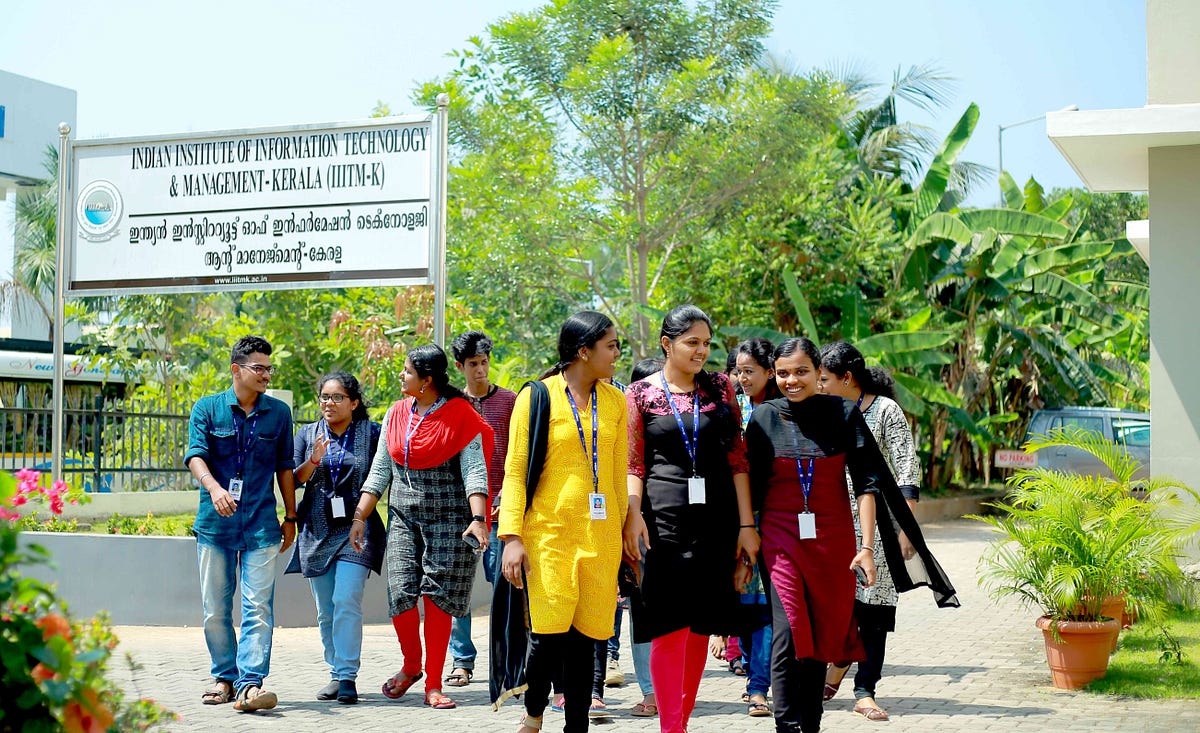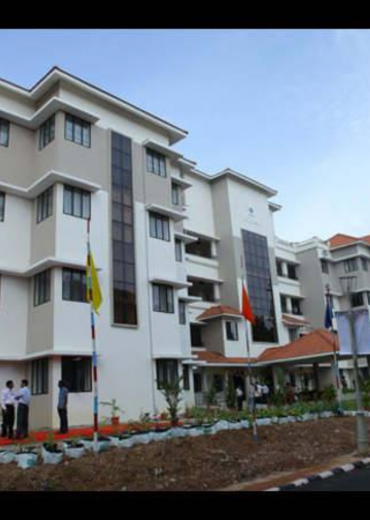
IIITMK
Indian Institute of Information Technology and Management Kerala
Indian Institute of Information Technology and Management Kerala


A centre of excellence in Entrepreneurship and Product development



IIITMK
GET TO KNOW US
WHO WE ARE
To steer Kerala into a leadership role in the emerging knowledge economy, the Government of Kerala has promulgated an ordinance upgrading IIITM-K’s academic and research programs to “Kerala University of Digital Sciences, Innovation and Technology”. The University was set up by the Government of Kerala vide Ordinance No. 9 of 2020 dated 18 January 2020 and started functioning from the new campus of IIITM-K in Technocity.
WHY CHOOSE US
Achievements at a Glance
Talk To Us Today
80%
Research and Development
90%
Placements
IIITMK -DUK
Journey Ahead: Our Path Forward
01
IIITMK Established in 2000
02
100 plus projects & 50 plus Research Scholars
03
Upgraded to “Digital University Kerala" in 2020






